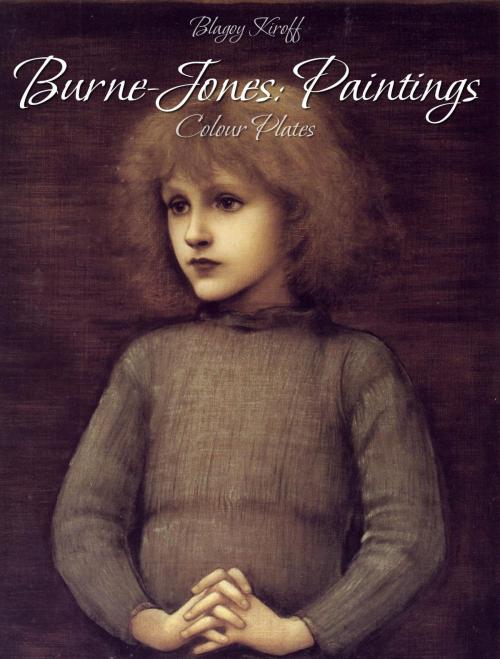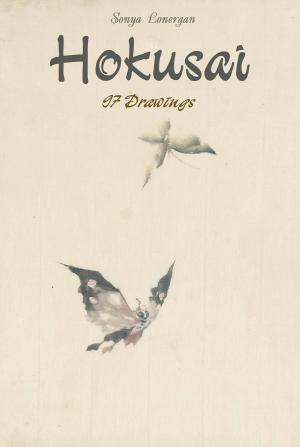Burne-Jones: Paintings (Colour Plates)
Nonfiction, Home & Garden, Crafts & Hobbies, Art Technique, Painting, Art & Architecture, General Art| Author: | Blagoy Kiroff | ISBN: | 9782765915263 |
| Publisher: | Osmora Inc. | Publication: | July 6, 2015 |
| Imprint: | Osmora Inc. | Language: | English |
| Author: | Blagoy Kiroff |
| ISBN: | 9782765915263 |
| Publisher: | Osmora Inc. |
| Publication: | July 6, 2015 |
| Imprint: | Osmora Inc. |
| Language: | English |
Sir Edward Burne-Jones was the greatest of the second generation Pre-Raphaelites.
Burne-Jones's aim in art is best given in some of his own words, written to a friend:
"I mean by a picture a beautiful, romantic dream of something that never was, never will be - in a light better than any light that ever shone - in a land no one can define or remember, only desire - and the forms divinely beautiful - and then I wake up, with the waking of Brynhild."
He considered that art should be valued as an object of beauty engendering a sensual response, rather than for the story or moral implicit in the subject matter. In many ways this was antithetical to the ideals of Ruskin and the early Pre-Raphaelites. Insofar as this was directed against the lack of realism in his pictures, it was beside the point. The earth, the sky, the rocks, the trees, the men and women of Burne-Jones are not those of this world; but they are themselves a world, consistent with itself, and having therefore its own reality. Yet it is a dreamer always whose nature penetrates these works.
Sir Edward Burne-Jones was the greatest of the second generation Pre-Raphaelites.
Burne-Jones's aim in art is best given in some of his own words, written to a friend:
"I mean by a picture a beautiful, romantic dream of something that never was, never will be - in a light better than any light that ever shone - in a land no one can define or remember, only desire - and the forms divinely beautiful - and then I wake up, with the waking of Brynhild."
He considered that art should be valued as an object of beauty engendering a sensual response, rather than for the story or moral implicit in the subject matter. In many ways this was antithetical to the ideals of Ruskin and the early Pre-Raphaelites. Insofar as this was directed against the lack of realism in his pictures, it was beside the point. The earth, the sky, the rocks, the trees, the men and women of Burne-Jones are not those of this world; but they are themselves a world, consistent with itself, and having therefore its own reality. Yet it is a dreamer always whose nature penetrates these works.















